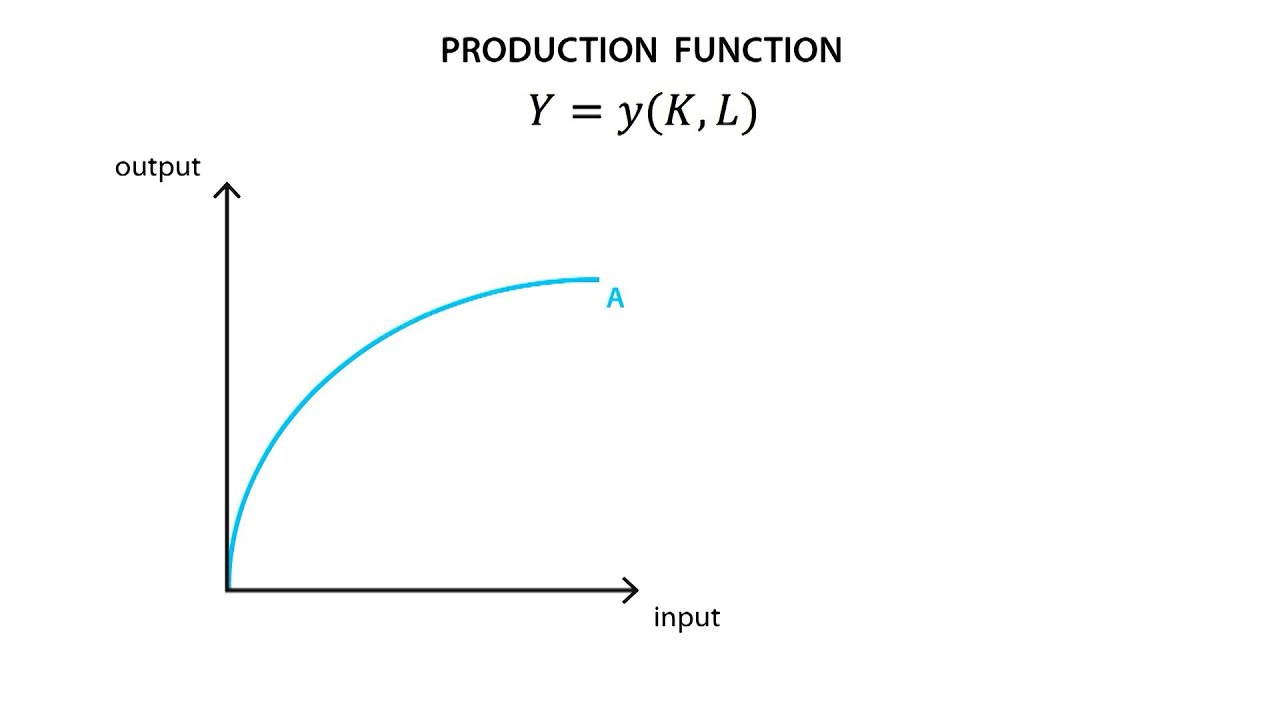The Cost Reduction Model: Understanding AI's Business Impact
Navigating the New Equilibrium and AI's Impact on Supply and Demand
One of the biggest challenges for business leaders with AI is trying to understand it's business value & impact.
Sadly, most media reporting about AI is very unhelpful on this, tending to focus on technical details such as the latest version of an 'AI model' or various technical details which may get a few clicks but are usually pretty useless for understanding its business value and use-cases.
What might be more helpful, is for someone to translate the business value of AI into something business leaders do understand, for example an economic model.
In this article, we will look at the business impact of AI in terms of the cost reduction economic model, which will give you a framework for understanding how different use-cases could be impacted and improved by AI.
The Shifting Landscape of Production
In economics and business the production function shows the relationship between business inputs (e.g. labour, capital etc) and business outputs (e.g. quantity of product or service).
This can be expressed as the formula:
Y = y(K, L)
Where:
Y = Quantity produced
L = Labour
K = Capital
So we can see what this shows is that the output is dependant on a particular combination of labour and capital, and that this has diminishing returns.
Technological change can alter this equation and shift this production curve.
Generative AI is a technology that fundamentally alters the production function, leading to significant productivity enhancements.
This shift is visualised as an upward movement of the production curve seen here from red to blue, indicating that firms can now:
Produce more output with the same inputs
Maintain output levels while reducing input requirements
Both scenarios result in increased efficiency and competitiveness, allowing businesses to optimise their operations and potentially reduce costs.
Economists Erik Brynjolfsson and Andrew McAfee argue that AI technologies are creating a new "machine age" characterised by exponential improvements in various cognitive capabilities.
This technological progress is reshaping the production landscape across industries, enabling unprecedented levels of efficiency and output.
AI's Impact on Supply and Demand Dynamics
The supply and demand curve model from economics helps us understand how prices are determined in the economy…
We’re at the paywall. If you want to know what AI means for society with my weekly articles & podcast, with expert analysis of key AI developments and their impact, explained in plain english. Join today for monthly or annual subscription. Hope to help you get smarter about what AI means for society.
Keep reading with a 7-day free trial
Subscribe to The FuturAI to keep reading this post and get 7 days of free access to the full post archives.




